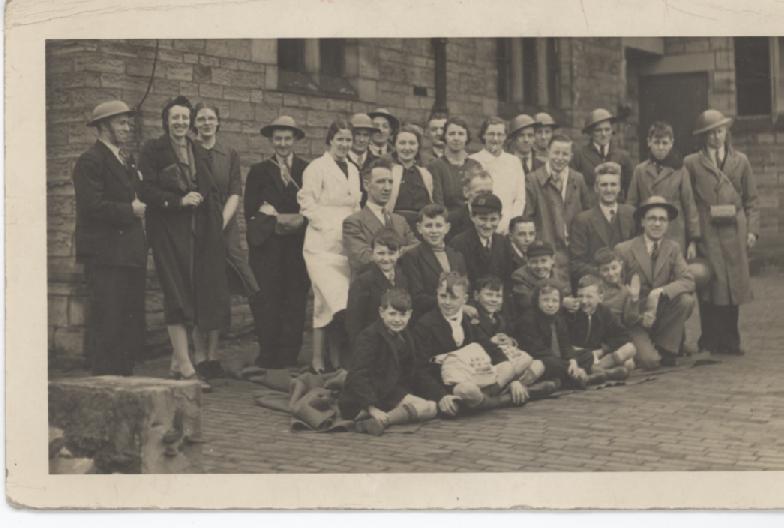Step Back in Time: What life was life at Caphouse Colliery in the 1940s

We’re turning back the clock to celebrate one of the most transformative decades in mining history, the 1940s.
A Decade of Change
The 1940s marked a period of major modernisation at Caphouse Colliery. The construction of the Pithead Baths and administration block in the late 1930s, laid the groundwork for a more efficient and safer working environment. These developments were followed by further surface improvements, reflecting a broader shift in how mines operated.
In 1941, the colliery changed ownership, and by 1947, it became part of the newly formed National Coal Board. This nationalisation meant the mine was no longer privately owned – it became state property, bringing with it improved safety standards and better working conditions for miners.
More Than Just a Workplace
Mines like Caphouse weren’t just places of work – they were the heart of entire communities. Families often worked together, with men underground and women taking on vital roles above ground, such as nursing or sorting coal. While children under 10 were not allowed in the mines, older children sometimes helped underground too.
Life outside the mine was just as rich. Families would gather around the radio to enjoy the swing and jazz music that defined the decade. Despite wartime rationing, meals were shared with creativity and care – tinned goods, pies made from leftovers, and fresh vegetables were staples of the 1940s dinner table.